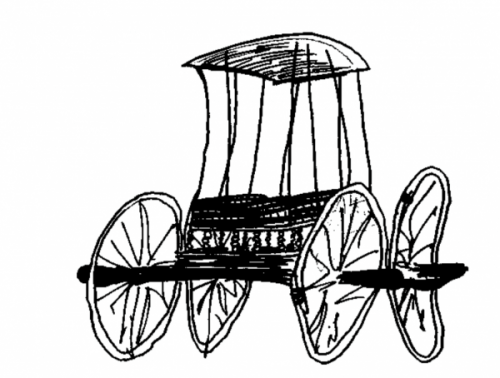Tag History of Philosophy
By contributing editor Andrew Hines How do human beings understand each other? This question has both a linguistic and a political dimension. Last month, as world leaders gathered at the Swiss town of Davos for the Annual Meeting of the World… Continue Reading →
By guest contributor Christopher Porzenheim Even the smallest display of virtuous conduct immediately inspires us. Simultaneously we: admire the deed, desire to imitate it, and seek to emulate the character of the doer. […] Excellence is a practical stimulus. As… Continue Reading →
By guest contributor Trish Ross For the full companion article, see this Winter’s edition of the Journal of the History of Ideas. “Human nature is the only science of man; and yet has been hitherto the most neglected.” Thus David Hume simultaneously… Continue Reading →
The latest issue of the Journal of the History of Ideas, volume 9 number 1, is now available in print, and online at Project Muse. The table of contents is as follows: Tricia M. Ross, “Anthropologia: An (Almost) Forgotten Early Modern… Continue Reading →
By Editor Spencer J. Weinreich Marcelino Menéndez y Pelayo’s La ciencia española (first ed. 1876) is a battlefield long after the guns have fallen silent: the soldiers dead, the armies disbanded, even the names of the belligerent nations changed beyond… Continue Reading →
By guest contributor Pranav Kumar Jain Since the publication of The Last Utopia: Human Rights in History, Professor Samuel Moyn has emerged as one of the most prominent voices in the field of human rights studies and modern intellectual history…. Continue Reading →
By guest contributor Niklas Plaetzer Walter Benjamin never left Europe, yet his writings have had a remarkable impact on critical thought around the globe. As Edward Said suggested, the dislocation of an idea in time and space can never leave its… Continue Reading →
by guest contributor Jeffrey A. Barash






